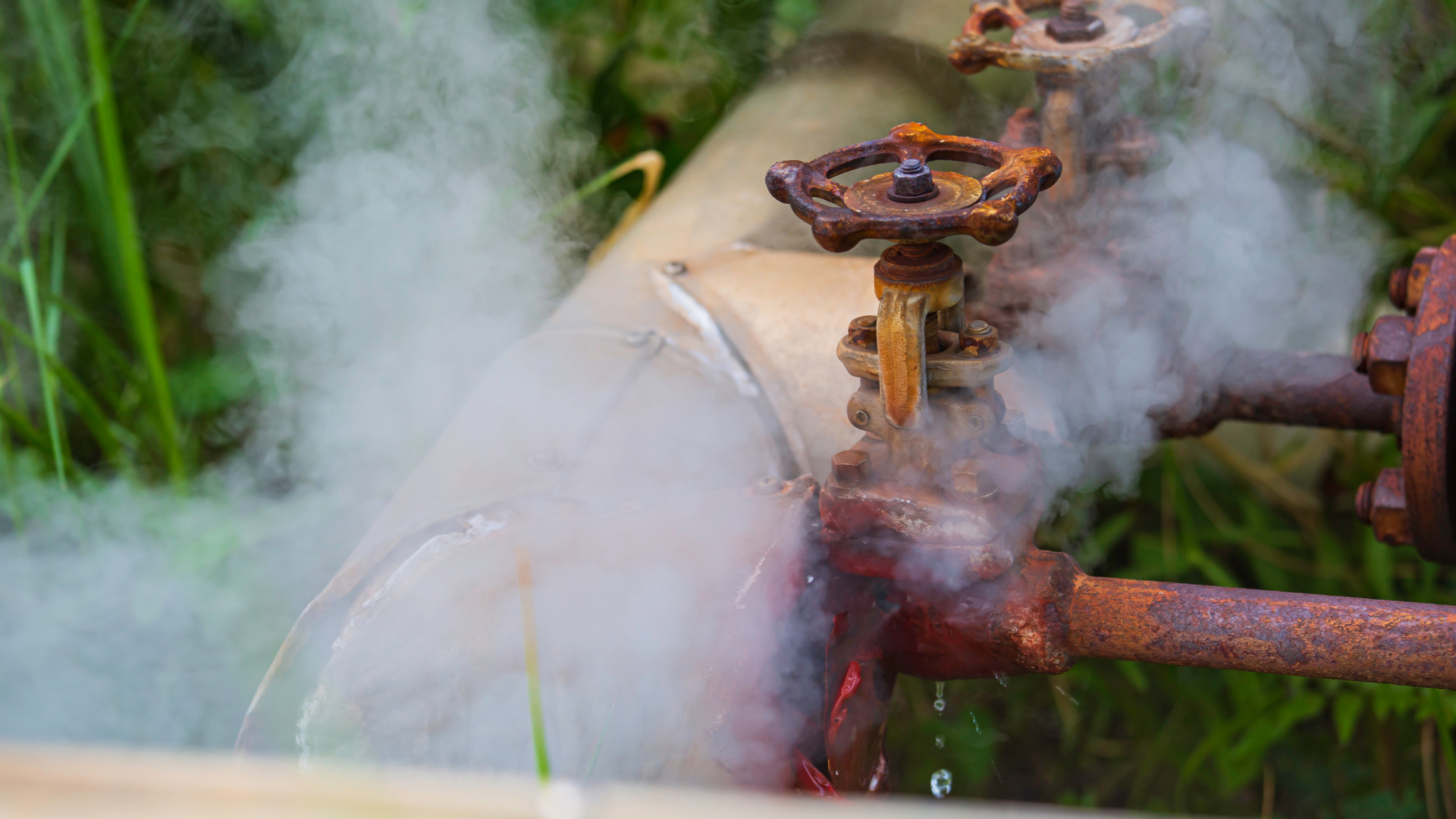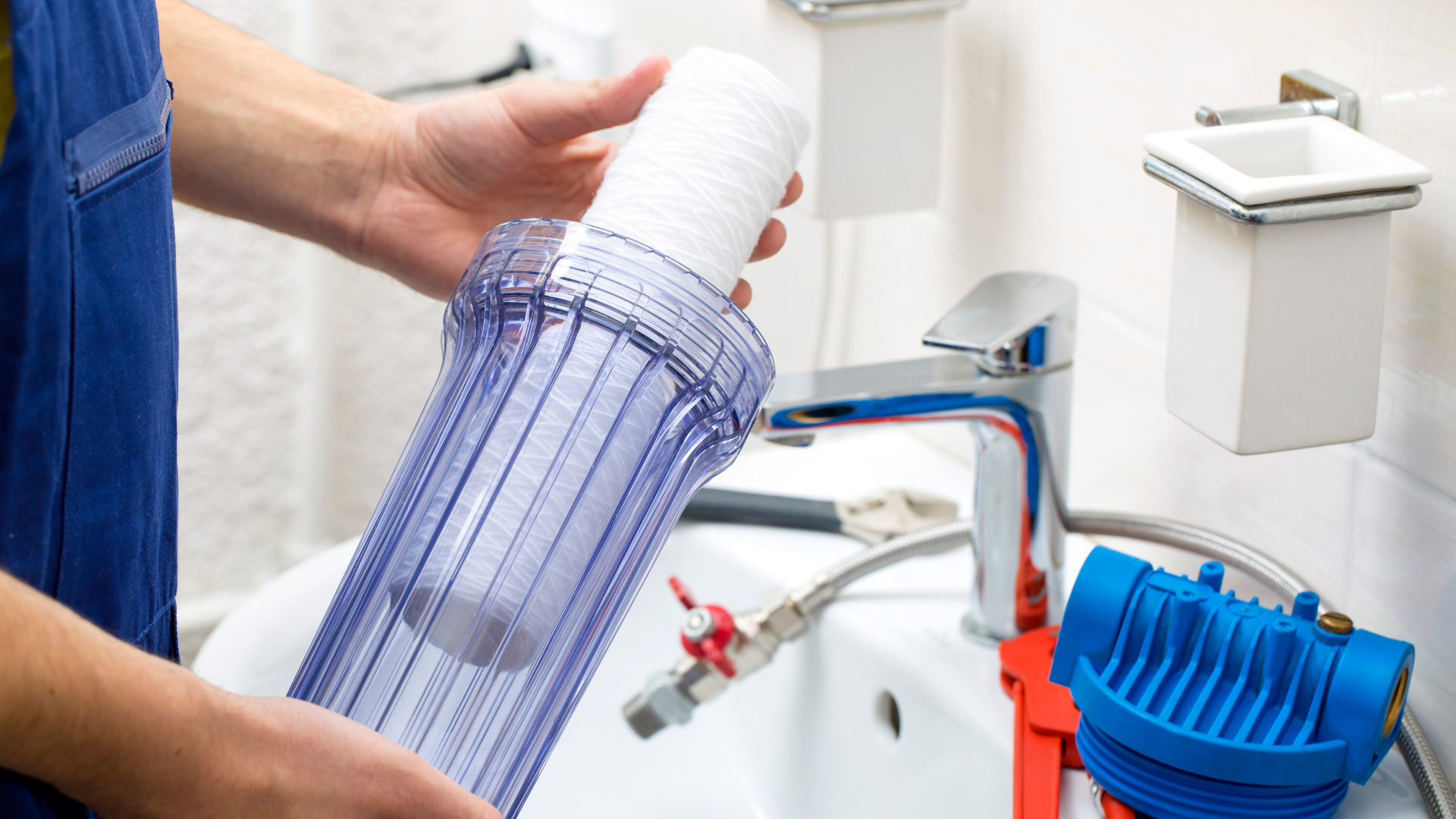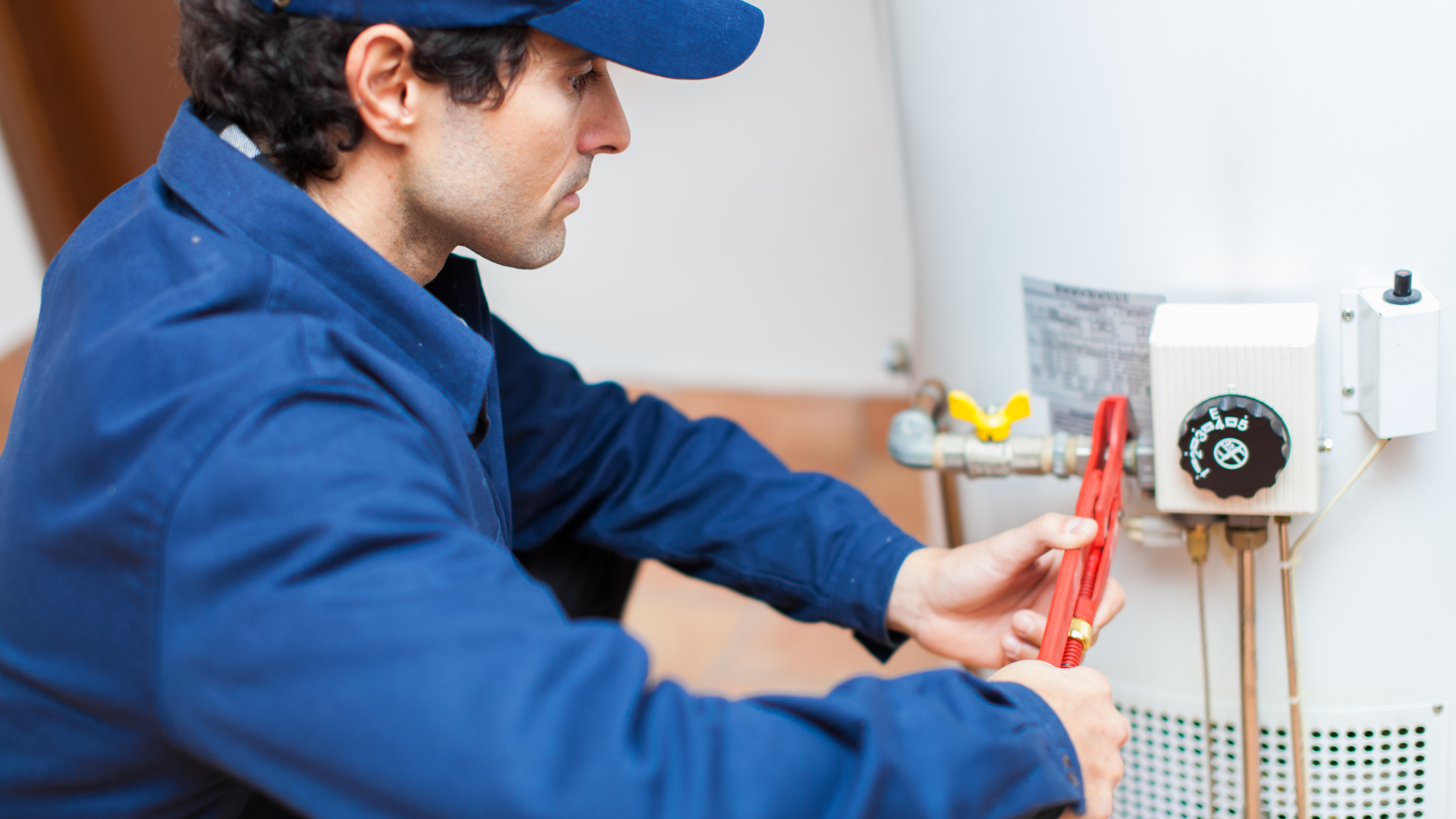Everything You Need to Know About Steam Piping: Design, Installation, and Maintenance
Steam piping is an essential component of various industrial processes, heating systems, and even some residential setups. Understanding the design, installation, and maintenance of steam piping is crucial for ensuring system efficiency, safety, and longevity. In this article, we’ll explore the ins and outs of steam piping, from its design principles to the critical steps involved in installation and maintenance.

What is Steam Piping?
Steam piping refers to the pipes used to transport steam throughout a system. Steam is widely used for heating, power generation, and various industrial applications. Properly designed and maintained steam piping systems are vital for efficient heat transfer, energy conservation, and ensuring that the system operates safely.
Steam piping systems must be constructed to handle high-pressure and high-temperature steam. For this reason, the materials used for steam piping, the pipe size, and the installation process must all be carefully planned to avoid leaks, ruptures, or inefficiencies.
The Importance of Proper Design for Steam Piping
The design phase of a steam piping system is crucial to its overall performance. Poorly designed systems can lead to inefficiencies, safety hazards, and increased operational costs. There are several factors to consider when designing steam piping:
- Pressure and Temperature Requirements
Steam systems operate at varying pressures and temperatures. The design of steam piping must account for the maximum pressure and temperature the system will experience to ensure it can handle those conditions without failure. - Material Selection
Steam pipes are made from materials that can withstand high temperatures and pressures, such as carbon steel, stainless steel, or alloy-based metals. The material selected should be compatible with the type of steam being used and the system’s environmental conditions. - Pipe Size and Layout
The size of the pipes directly impacts the flow of steam. Incorrectly sized pipes can lead to inefficiencies, pressure drops, and poor heat transfer. Proper layout and pipe routing are also essential to prevent air pockets and ensure smooth steam flow. - Thermal Insulation
Since steam is often used for heating, it is important to insulate the pipes to minimize heat loss during transit. Insulation also helps to prevent burns from exposed hot pipes, improving safety.
The Installation Process of Steam Piping
The installation of steam piping requires expertise and careful planning. Here are the key steps involved:
- Planning and System Layout
Before installation begins, engineers and installers must plan the system layout. This includes determining the path of the pipes, the locations of valves, and ensuring that the system adheres to local codes and safety regulations. - Pipe Cutting and Fitting
Once the layout is established, the pipes are cut to size and fitted with appropriate joints. Special care is needed when joining pipes to prevent leaks. Welded joints or flanged connections are commonly used in steam piping installations to ensure a secure seal. - Pressure Testing
After installation, steam piping systems are tested for leaks and pressure resistance. This testing ensures that the system can handle the pressures and temperatures it is designed for. If any leaks are found, they are immediately addressed before the system is put into operation. - Final Inspection
Before the system is activated, a final inspection is conducted to ensure that everything is in place and operating according to plan. The steam system should be fully functional, with no risk of failure.
Maintenance and Care for Steam Piping Systems
Proper maintenance is crucial to the longevity and performance of steam piping systems. Over time, steam pipes can corrode, accumulate sediment, or become clogged, leading to decreased efficiency or even system failure. Regular maintenance helps prevent these issues and ensures that the system operates smoothly.
- Regular Inspections
Regular inspections help detect signs of corrosion, wear, and tear. Early detection allows for timely repairs, preventing small problems from escalating into costly breakdowns. Inspect the pipes, joints, and valves regularly to ensure everything is in good condition. - Descaling and Cleaning
Over time, mineral deposits can build up inside steam pipes, especially in areas with hard water. These deposits can restrict steam flow and reduce efficiency. Cleaning and descaling the pipes periodically help maintain optimal performance. - Pressure Relief Valves
Pressure relief valves play a vital role in preventing over-pressurization of steam systems. These valves should be checked and tested regularly to ensure they function properly. A faulty valve can lead to catastrophic failure in the system. - Thermal Insulation Maintenance
The insulation on steam pipes should also be maintained to ensure that it remains intact and effective. Damaged insulation can result in energy loss and increased operational costs. Replacing worn-out insulation helps maintain system efficiency and safety.
Common Problems in Steam Piping and How to Avoid Them
Even with the best design and installation practices, steam piping systems can encounter problems. Here are some common issues and how to prevent them:
- Leaks
Leaks in steam piping can be caused by poor installation, corrosion, or pressure fluctuations. Regular inspections and proper sealing during installation can help prevent leaks. - Pressure Drops
Pressure drops often occur when the pipe size is too small or the system is poorly designed. Ensuring that pipes are properly sized and maintaining regular system checks can help avoid this problem. - Corrosion
Corrosion is a natural process that occurs over time, especially in systems exposed to high heat and moisture. Choosing corrosion-resistant materials and performing regular inspections can minimize the risk of corrosion in steam piping.
Steam piping is essential for a wide range of applications, from industrial processes to heating systems. The design, installation, and maintenance of steam piping systems play a critical role in ensuring their efficiency, safety, and longevity. Whether you are planning a new installation or maintaining an existing system, it is essential to work with professionals who can ensure that everything is done correctly.
If you’re looking for expert steam piping installation or maintenance services, O'Grady Plumbing offers comprehensive solutions to keep your steam systems running smoothly. Contact us today to schedule a consultation and ensure that your piping system meets all necessary standards for safety and efficiency.




